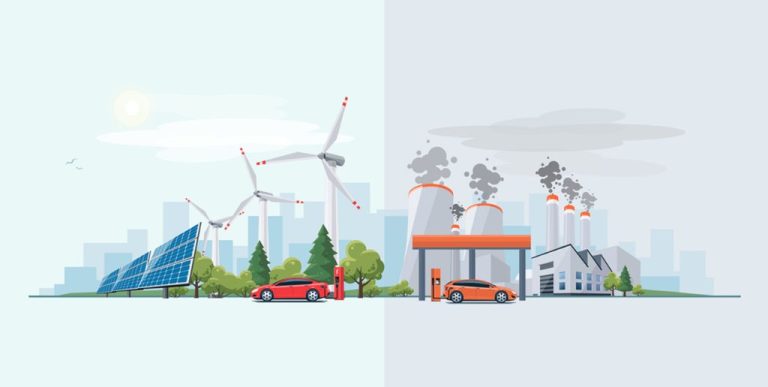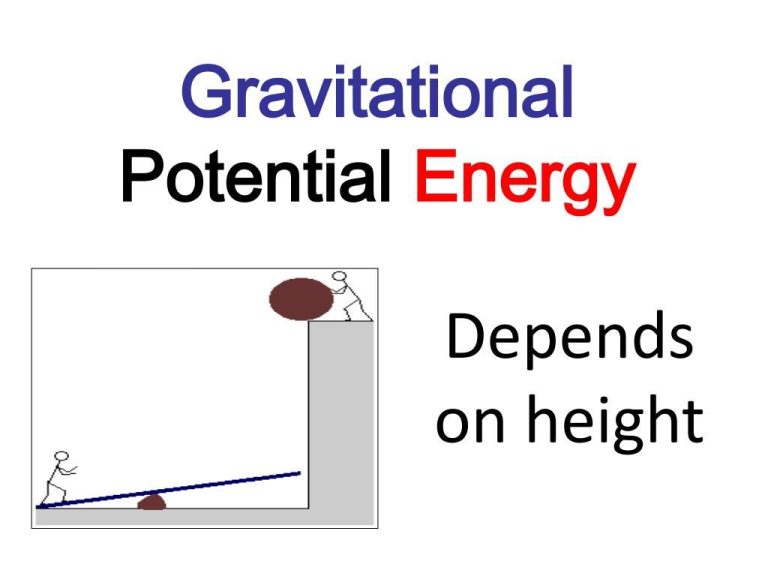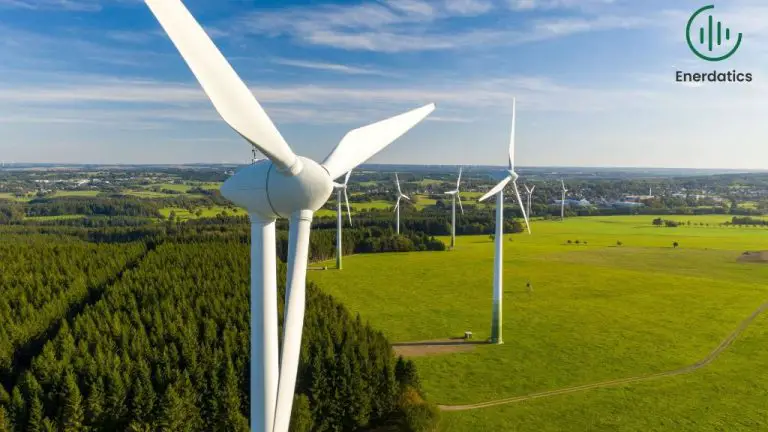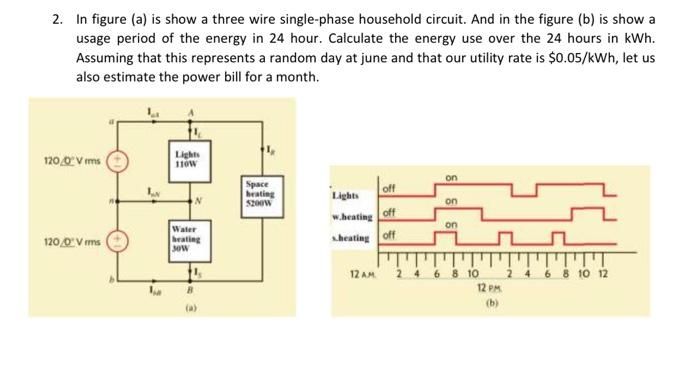What Is An Electric Generator Actually?
Electric generators are devices that convert mechanical energy into electrical energy. They are composed of multiple components that work together to produce electricity for various applications. Generators play a crucial role in supplying backup and emergency power, and enabling off-grid power generation for homes, businesses, events, and more.
The purpose of an electric generator is to convert the mechanical energy from an external power source like an engine, turbine, water wheel, or even human muscle into electrical energy that can then power electrical devices, machines, appliances, tools, or entire facilities. Generators allow electricity to be produced and delivered to locations that otherwise would not have access to an existing power grid. They make modern life possible in many remote areas and provide a critical backup power source during grid disruptions.
How Generators Work
Generators produce electricity through a phenomenon called electromagnetic induction. This process involves a conductor (usually copper wire) moving through a magnetic field, which induces an electric current in the conductor. There are a few key components that make this process work in a generator:
Stator
The stator is the stationary part of the generator. It contains a group of electrical conductors wound in coils around an iron core. When energized with a DC current, the coils of the stator generate a magnetic field. The stator is responsible for providing the magnetic field that induces current in the rotor.
Rotor
The rotor is the rotating part of the generator. It contains conductors that turn within the magnetic field of the stator. As the rotor spins mechanically (driven by a turbine, engine, etc.), its conductors rotate through the magnetic field, inducing an AC voltage across the conductors. This voltage drives the electrical current that is output from the generator. Faster rotor speeds result in higher voltage outputs.
Excitation System
The excitation system provides DC current to the stator to magnetize its coils and generate the magnetic field. There are two main types of excitation systems: self-excitation and separate excitation. With self-excitation, the generator uses residual magnetism in the iron core along with connected capacitors to induce the initial current needed. In separate excitation systems, the DC current comes from an external power source like a battery or generator exciter. Proper excitation is critical to producing and regulating the generator’s output voltage.
AC and DC Generators
Generators can produce either alternating current (AC) or direct current (DC) electricity. The main differences between AC and DC generators are in how the electricity is generated and the applications each type is best suited for.
AC generators work by rotating a coil within a magnetic field. As the coil rotates, the magnetic field induces an alternating current that reverses direction many times per second. Most power plant generators produce AC because it can be transmitted over long distances and easily transformed to high or low voltages. AC is also required for operating motors and other equipment designed for alternating current.
DC generators work by rotating an armature or commutator within a magnetic field. Rectifiers or brushes divert the current in one direction, resulting in a unidirectional direct current. DC generators are useful for applications like charging batteries, electrolysis, and operating DC motors. They are also simpler in design than AC generators.
In summary, AC generators produce an alternating current suitable for the power grid while DC generators produce a unidirectional current suitable for batteries, electrolysis, and DC equipment. The choice depends on the application and how the electricity will be used.
Parts of a Generator
The main parts of an electric generator include:
Stator
The stator is the stationary part of the generator. It consists of a set of electrical conductors (usually copper wire) wound in coils around an iron core. When current flows through the stator coils, it produces a magnetic field which inducts a voltage in the rotor.
Rotor
The rotor is the rotating part of the generator. It also consists of a set of electrical conductors wound around an iron core. The rotor rotates within the magnetic field produced by the stator, which induces a voltage in the rotor conductors.
Exciter
The exciter is a small power generator that provides direct current to power the rotor windings. This creates the magnetic field in the rotor required to induce voltage as it rotates in the stator field.
Prime Mover
The prime mover is the external source of mechanical power that drives the rotation of the rotor. This may be a steam turbine, gas turbine, diesel engine, wind turbine, or other mechanical drive system.
Additional components include the generator housing, cooling system, voltage regulator, brushes and slip rings to transfer current to the rotor, and the main terminal box where electricity output connects.
Types of Generators
There are several main types of electric generators used today:
Synchronous Generators
Synchronous generators are the most common type of generator in power plants. They operate on the principle of electromagnetism by rotating coils of wire inside a magnetic field to generate alternating current electricity. The rotation speed of the coils determines the frequency of the electricity produced. Synchronous generators are synchronized to rotate at a specific speed to generate electricity at 50 or 60 hertz.
Induction Generators
Induction generators operate based on the principle of electromagnetic induction. Instead of using electromagnets, they use rotating coils moving through a magnetic field. This induces a voltage and current to generate electricity. Induction generators are frequently used for wind turbines since the rotating turbine blades can directly turn the generator. They are also useful for microhydro power systems.
DC Generators
DC generators produce direct current electricity rather than alternating current. They operate by rotating coils inside an electromagnet and using a split-ring commutator to convert the alternating current into unidirectional direct current. DC generators are useful for applications that require a steady voltage output rather than oscillating AC power.
Inverter Generators
Inverter generators first generate AC power using a typical synchronous alternator, but then convert it to DC using a rectifier. An inverter circuit then converts the DC back into clean and stable pure sine wave AC power. This allows better voltage regulation and ability to power sensitive digital electronics. Inverter generators are much more portable than traditional alternator generators.
Generator Applications
Generators have a wide variety of uses across many industries and applications. Here are some of the most common applications of electrical generators:
Emergency Power: Generators are critical for providing backup electricity during power outages. Homes, hospitals, data centers, cell towers and other facilities rely on generators to keep critical systems running when the grid goes down.
Construction Sites: Portable generators provide temporary power for tools, lighting and other equipment at construction sites without access to the electrical grid.
Events: Concerts, festivals, conferences and other events use generator power for stage lighting, sound equipment, food trucks and more.
Industrial Sites: Factories, mills, refineries, mines and other industrial facilities often have on-site generators to provide emergency power or isolate their power needs from the grid.
Ships: Onboard generators provide electricity for everything from propulsion to living quarters on ships, yachts, and other marine vessels.
Vehicles: Generators are built into RVs, food trucks, broadcast vans and other specialized vehicles to independently power appliances, electronics and equipment.
Off-Grid Living: For homes and communities not connected to the electrical grid, generators make modern conveniences possible.
Standby Power: Permanently installed generators automatically kick in to restore power within seconds or minutes after an outage.
From keeping the lights on during storms to powering a rock concert, generators deliver versatile, readily available electricity when and where it’s needed.
Generator Sizing
When choosing an electric generator, it’s crucial to select the appropriate size based on your power load requirements. The load determines the generator capacity needed to efficiently meet your demand. Undersizing a generator leads to overloading and damage, while oversizing can mean wasted capacity and higher costs.
To determine the correct generator size, list all devices and equipment that will run on the generator, including lights, appliances, electronics, tools, and HVAC systems. Calculate the starting and running wattage requirements for each, which can be found on device labels or in manuals. Some loads like motors have high starting wattage.
Add up the total running wattage for all loads that could operate simultaneously. This is the minimum generator size needed. Also consider any expected future load increases. Select a generator at least 20% larger than the total running wattage to allow a safety buffer and prevent overload.
For occasional very high power draws, calculate the peak starting wattage and get a generator rated to handle that surge capacity. Standby whole-house generators are sized to match the main circuit breaker amperage rating.
Take load type and phase into account as well. Ask an electrician for help determining size if the system is complex. Right-sizing a generator ensures your power needs are met efficiently and reliably.
Generator Maintenance
Proper maintenance is critical for generators to operate safely and efficiently. Regular maintenance helps extend the life of the generator and prevent unexpected failures or downtime. Here are some of the most important maintenance tasks:
Oil changes – The oil in the engine and transmission should be changed regularly as specified by the manufacturer, usually every 100-200 hours of operation or annually. This removes contaminants and replenishes fresh oil to lubricate components.
Air filter replacement – Air filters should be checked frequently and replaced when dirty to ensure proper airflow to the engine. A clogged air filter can reduce performance.
Spark plug maintenance – Spark plugs should be inspected for wear and changed at the intervals specified in the owner’s manual, usually every 300-500 hours of runtime. This helps the engine start and run smoothly.
Battery maintenance – Batteries should be kept fully charged and cleaned of corrosion to ensure reliable starting. Battery replacement may be needed every 2-3 years.
Fuel stabilizers – If the generator will sit unused for long periods, fuel stabilizers help prevent stale fuel from gumming up the carburetor and causing hard starting.
Testing – Generators should be started and run under load regularly to ensure they operate properly when needed. Testing helps detect issues before an emergency occurs.
Following the manufacturer’s maintenance schedule prevents many problems down the road. Generators are an important investment, so proper care and maintenance is essential.
Generator Efficiency
Generator efficiency refers to how much of the mechanical energy input into a generator gets converted into electrical energy output. Not all generators convert mechanical energy into electrical energy with 100% efficiency, some energy gets lost in the form of heat and friction during the energy conversion process. Comparing the efficiencies of different generator types can help determine the best choice for a given application.
The main factors that affect generator efficiency are:
- Generator size – Large generators tend to be more efficient than small ones.
- Operating load – Generators are most efficient when operating near their rated capacity. Efficiency drops off at very low and very high loads.
- Generator speed – Faster generator speeds generally increase efficiency.
- Power factor – Generators deliver higher efficiency at power factors close to unity.
Looking at some common generator types:
- Diesel generators tend to have efficiencies between 20-40%. Large diesel gensets on the higher end of the range.
- Natural gas generators range from 25-45% efficiency, with an advantage over diesel.
- Gasoline generators have lower efficiency around 20-30% since they operate at higher speeds.
- Commercial turbine generators can achieve over 90% efficiency by recovering waste heat.
Understanding generator efficiency is important because higher efficiency units convert more of the fuel energy into usable electrical energy. This saves on fuel costs over time. Efficiency is also tied to environmental impacts – higher efficiency generators emit less air pollution per kWh generated. Evaluating generator efficiency should be part of the selection process along with factors like reliability, capacity and noise.
Future of Generators
The future looks bright for advancements in generator technology. Here are some innovations on the horizon:
Portable renewable generators – More generators are incorporating renewable power sources like solar and wind, allowing them to operate off-grid without fuel. Portable solar generators are ideal for camping and emergency use.
Hydrogen fuel cells – Generators using hydrogen fuel cells are quiet, efficient and eco-friendly. As hydrogen infrastructure develops, fuel cell generators may become more widely adopted.
Smart generator monitoring – New generators are getting “smarter” with wireless connectivity and apps to monitor status and control functions remotely. This allows optimal maintenance and less downtime.
3D-printed generators – 3D printing enables customized generator designs optimized for shape, weight and performance. It may soon be possible to print small generators on-demand.
Improved efficiency – Continued improvements in materials, motor technology, and design boost generator fuel economy and reduce emissions. More efficient generators provide cheaper, cleaner power.
In the future, generators will provide more customizable, sustainable and intelligent power generation at lower costs. Exciting innovations are making generators smarter, greener and more efficient than ever before.





